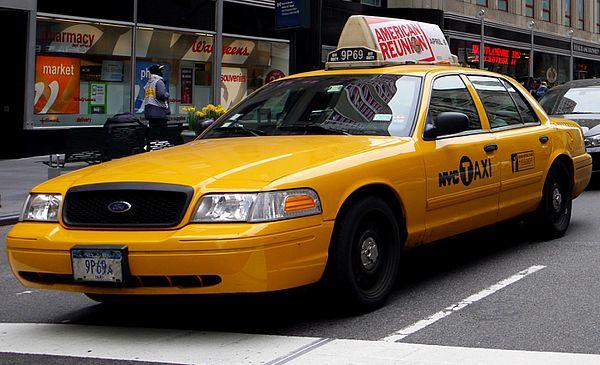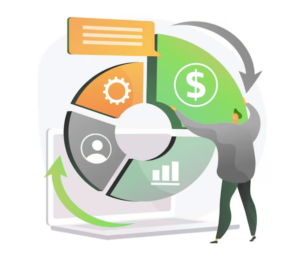
On my way to and from the airport to speak to a group of CDA service managers in Austin, TX, I was forced to take a regular taxi since Uber and Lyft are not allowed in Austin for some reason. After several years of not having to endure taxis, I began to see the taxi cab experience from a new perspective. I now have an even deeper appreciation for what makes Uber special.
Many industries have been built on excellent service. Looking to companies like Uber and adopting what they do right can give us ideas of how to sustain that competitive advantage.
1. Uber Recognized the Power of the Smart Phone
Uber recognizes the power of mobile in customer interactions. It lets me use my phone to order a ride. Then, it shows me who is coming and give me a way to contact them. The 2016 State of Global Service report by Microsoft revealed that 36% of consumers ages 18 – 34 start on a mobile device rather than a desktop or laptop computer. Since the average age of a network administrator is 36, this should matter to business owners.
As business owners we need to start by looking at our online customer service experience. Pretend you are a customer trying to place a service call from a smartphone as your standing next to a broken copier. How could it be improved?
Once your website experience on mobile is improved, you might want to explore apps to provide service. Last year only 6% of users in a survey said they preferred an app for a customer service interaction. This number is increasing at 196% per year.
One app that I have my eyes on is EesyQ.com. This clever app lets any user in a company place a support call by scanning a QR code on a copier or printer. The app lets the end user communicate directly with the tech, allowing many calls to be resolved quickly–and remotely.
2. Uber Lets Me Communicate With My Driver
Years ago when visiting a local business in Chicago I left my phone in a cab. Bye bye phone! I had no way to communicate with the driver. Last year I accidentally left my phone in an Uber driver’s car. I logged into Uber’s website from my laptop, reached out to the driver, and he drove my phone back to the hotel.
58% of users expect a company to provide 2 way chat. One way to get started with this is by enabling a live chat feature on your website.
3. Uber Passengers Rate Drivers
The taxi cab drivers for my two rides seemed not to care much. Their cars were dirty and hot. When I get into an Uber driver’s car, they typically ask if I’d like a cool bottle of water. Why? Because they know I’m going to rate them at the end.
How does this translate to your business? It would be cool to have an app that rates service technicians. However, one thing we can do right away is to make sure our clients are giving us online reviews.
Yesterday as I was preparing to speak to the group of service managers I was looking at some of their online reviews. Most businesses have very few reviews. I even found a large business that is led by a former service technician who has only one review online–a one star review. This hurts Google placement and damages reputations. Make sure to actively pursue positive Google ratings. When you’re done with that, focus on Facebook, Yelp, and other rating platforms.
4. Uber Focuses on the Client Experience Instead of Getting People From Point A to Point B
Typically Uber is less expensive than a cab. However, I would pay more for Uber simply because of the convenience. The app lets me hail a driver and see when the will arrive. With a cab, who knows when they will arrive. This makes me anxious as a consumer.
Once the drive is over, I have to sit for five minutes while the cab driver fumbles around to accept my Amex card. With Uber, as soon as I arrive I get on my way since the financial transaction happens automatically over my phone.
Uber wins because they focus on the client experience, not just delivering passengers to their locations. Harvard Business Review defines client experience as “The sum-totality of how customers engage with your company and brand, not just in a snapshot in time, but throughout the entire arc of being a customer.”
I think that businesses should replace the term “customer service” with “client experience.” Start by looking at the entire experience of placing a service call, waiting for a technician, having an outsider in the office, and post-call follow up. What could be improved? How could the experience be better?
Service experience leaders like Uber can give us ideas on how to improve our customer service. In doing this, we will continue to sustain our core competitive advantage of providing outstanding service.




